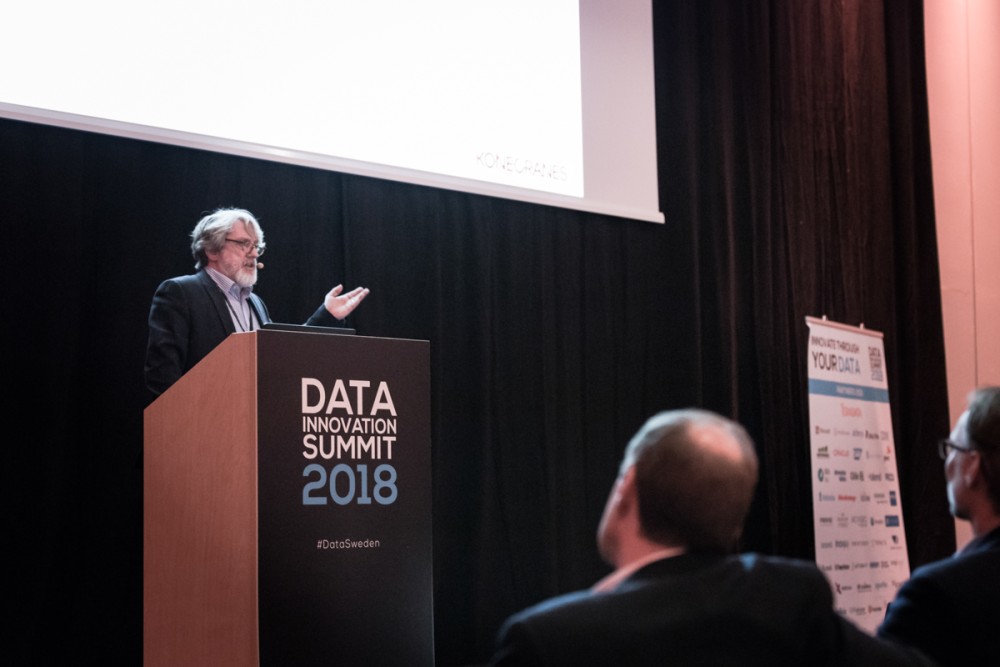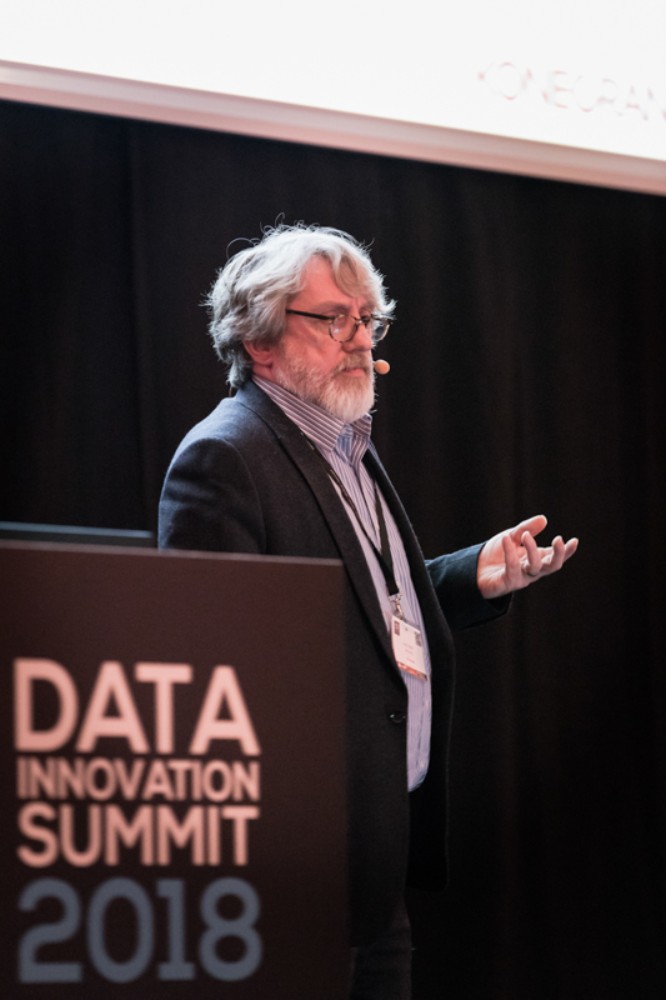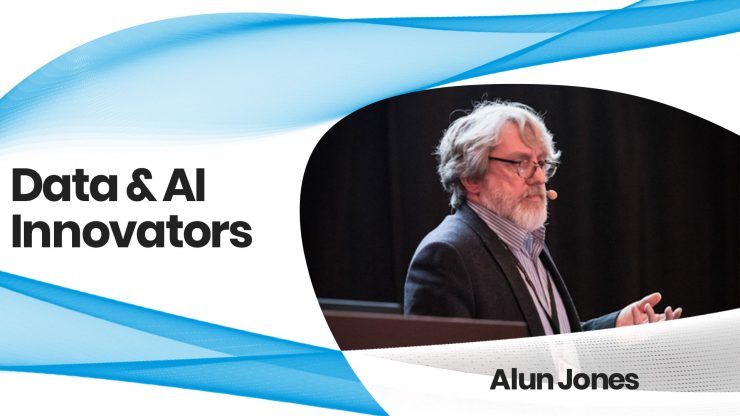Data Innovation Summit turns five next March. Along the way, we have had fantastic speakers unselfishly sharing their knowledge on stage with their peers. Without them, this journey would be impossible.
This interview is part of an interview series dedicated to humanising Data and AI innovation and celebrating speakers who have presented at the Data Innovation Summit. The emphasis lies on the Data/AI people/practitioners, their professional journey and their stories.
Maintenance analytics is the life and blood of modern-day manufacturing and heavy asset industry. It helps manufacturers and service providers improve the quality of their products and services and optimise their processes.
Alun Jones spoke at Data Innovation Summit 2018 and shared his experience with what it means to work as a Data Scientist in the heavy asset industry. We sat down with him to talk to us about the developments, challenges and future outlooks of data science in the industry.
With his expertise as a Data Scientist at Konecranes, a company providing equipment and services for heavy asset manufacturers, he’s best-equipped to give us insight about where to start and how to proceed with data science in the machinery and services industry.
Hyperight: Hi Alun, it’s a pleasure to have you with us today. Next year we are celebrating our 5th anniversary. A lot has changed with data and advanced analytics during these 5 years. From your point of view, where do we see the biggest changes and advancements with AI and data we have had?
Alun Jones: Industrialisation by the likes of Amazon AWS and Microsoft Azure. Both in terms of tools, store and compute. Algorithms and techniques are now easier to implement and to take into production.


Hyperight: You work in the manufacturing industry, more specifically the manufacturing and maintenance of cranes and heavy machinery. Having first-hand experience in the industry, how the rise and developments in predictive and prescriptive analytics have helped heavy asset manufacturers and service providers improve the quality of their products and services?
Alun Jones: Areas are speed in delivering information in real-time. There’s a need for all parts of the enterprise to work as one, which is often a surprise as often each unit is driven by their own P&L.
Hyperight: What about the challenges with data science in the heavy machinery industry? Are we still dealing with the same challenges as 2 years ago, or does more advanced technology come with even greater challenges in data science in the machinery and service industries?
Alun Jones:
1) Academics struggle with for-profit organizations. Their ways of working are often at odds with the company where their experience is often limited to the lab. You don’t need a PhD to do data science.
2) Wrong expectations. Doing data science is not the same as managing data science. Those running data science practices need all the same skills as any other corporate manager. Often there’s a skilled technical person put in charge when you need a skilled business person in change. The technical person needs to be developed in a direction which they may not want to go.
3) Bad methods. As data science becomes more mainstream it is required to conform with standard ways of working which today means Agile or Scrum. Whilst they work very well in software development, which is an assembly process, data science is more in the field of discovery. Data science needs its own methods, which today are beginning to emerge but often after Agile has failed.
4) Data products are not the same as a physical product. The economics are completely different. Costing techniques need to catch up, just as they did with a unit costing in manufacture.
5) Role of IT is changing. For example in monitoring AI and analytics processing, improving data security and stewardship.


As data science becomes more mainstream it is required to conform with standard ways of working which today means Agile or Scrum.
Hyperight: Talking about the decade to come, what is your future outlook for data science in the industry for 2030?
Alun Jones: Data science methods will emerge and become mainstream. Data economics: enterprises will have conversations and move accordingly. Automation will continue and data insertion into ERP application becomes the norm, i.e. applications can take instruction from data generated by AI/ML.














Add comment